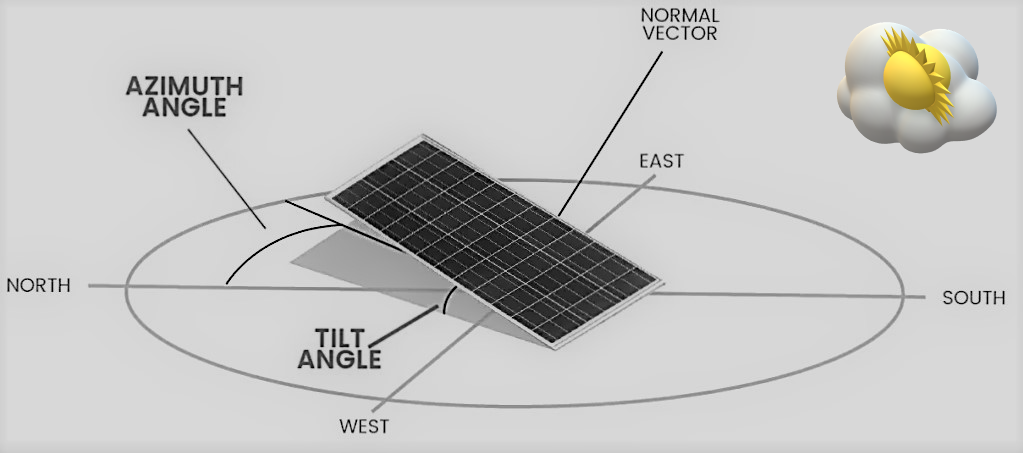Optimizing Solar Placement: A Practical Guide
Harnessing solar energy is a sustainable and cost-effective way to power homes and businesses. However, determining the ideal placement for solar panels is crucial for maximizing efficiency. In this guide, we’ll explore key considerations and practical tips on how to determine the optimal solar panel placement for your location.
Understanding Sun Exposure: The Foundation of Solar Placement
The first step in determining solar panel placement is understanding sun exposure. Solar panels generate the most electricity when exposed to direct sunlight. Therefore, it’s essential to assess the sun’s path across your property throughout the day. Consider factors such as shadows from nearby buildings, trees, and other obstructions that may affect sunlight exposure.
Evaluating Roof Orientation and Tilt
The orientation and tilt of your roof significantly impact solar panel efficiency. In the Northern Hemisphere, south-facing roofs generally receive the most sunlight over the course of a day. Adjusting the tilt angle based on your geographical location can further optimize energy production. A solar professional can help calculate the optimal tilt for your specific location.
Accounting for Seasonal Variations
Solar panel placement should also account for seasonal variations in the sun’s path. The angle of the sun changes throughout the year, with the sun higher in the sky during summer and lower during winter. To maximize year-round efficiency, consider a solar panel placement that accommodates these seasonal variations, ensuring consistent energy production.
Shade Analysis: Identifying Potential Obstacles
Performing a shade analysis is crucial in determining potential obstacles that could cast shadows on solar panels. Trees, neighboring buildings, or even chimneys can create shading issues. Utilize tools like solar pathfinders or consult with solar professionals to conduct a comprehensive shade analysis. This helps identify and mitigate potential shading problems before installing solar panels.
Utilizing Solar Tracking Systems
For those seeking optimal solar panel efficiency, solar tracking systems can be considered. These systems adjust the angle and orientation of solar panels throughout the day to directly face the sun. While more complex and expensive than fixed systems, solar trackers can significantly increase energy production, especially in areas with dynamic sunlight conditions.
Considering Local Regulations and Aesthetics
Solar panel placement is not only a technical consideration but also involves adherence to local regulations and aesthetic preferences. Check local zoning laws and homeowner association guidelines regarding solar installations. Additionally, consider the visual impact on your property and discuss any concerns with neighbors to ensure a harmonious integration of solar panels into the environment.
Calculating Energy Needs and Panel Capacity
To determine the optimal solar panel placement, calculate your energy needs and assess the capacity of the solar panels you plan to install. Understanding your electricity consumption helps in determining the number and size of solar panels required. This information guides the placement strategy, ensuring that the solar system meets your energy requirements.
Seeking Professional Guidance
While understanding the basics is valuable, seeking professional guidance is crucial for optimizing solar panel placement. Solar professionals have the expertise to perform detailed site assessments, taking into account factors such as local climate conditions, roof structure, and electrical considerations. Their insights ensure a tailored solar solution for your specific needs.
Regular Maintenance and Monitoring
Once your solar panels are in place, regular maintenance and monitoring become essential for optimal performance. Keep the panels clean, free from debris, and monitor their output regularly. Any issues with shading, dirt accumulation, or system malfunctions should be promptly addressed to maintain peak efficiency.
Embracing Solar Power: A Sustainable Investment
Optimizing solar panel placement is a critical step in harnessing the full potential of solar energy. By understanding sun exposure, evaluating roof orientation, and considering other factors, you can make informed decisions for an efficient and sustainable solar installation. Explore more about How to Determine Solar Placement at firstbisnisku.my.id and take the first step towards embracing solar power for a greener future.




